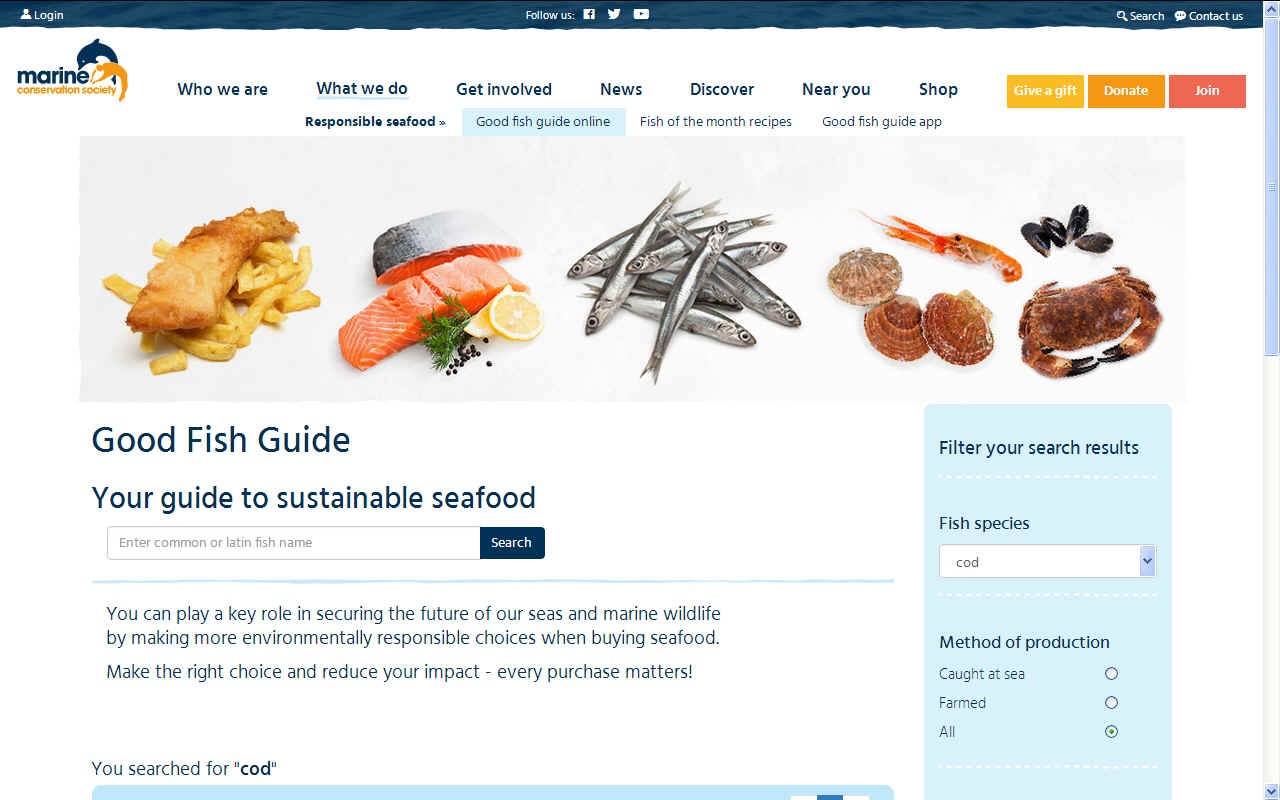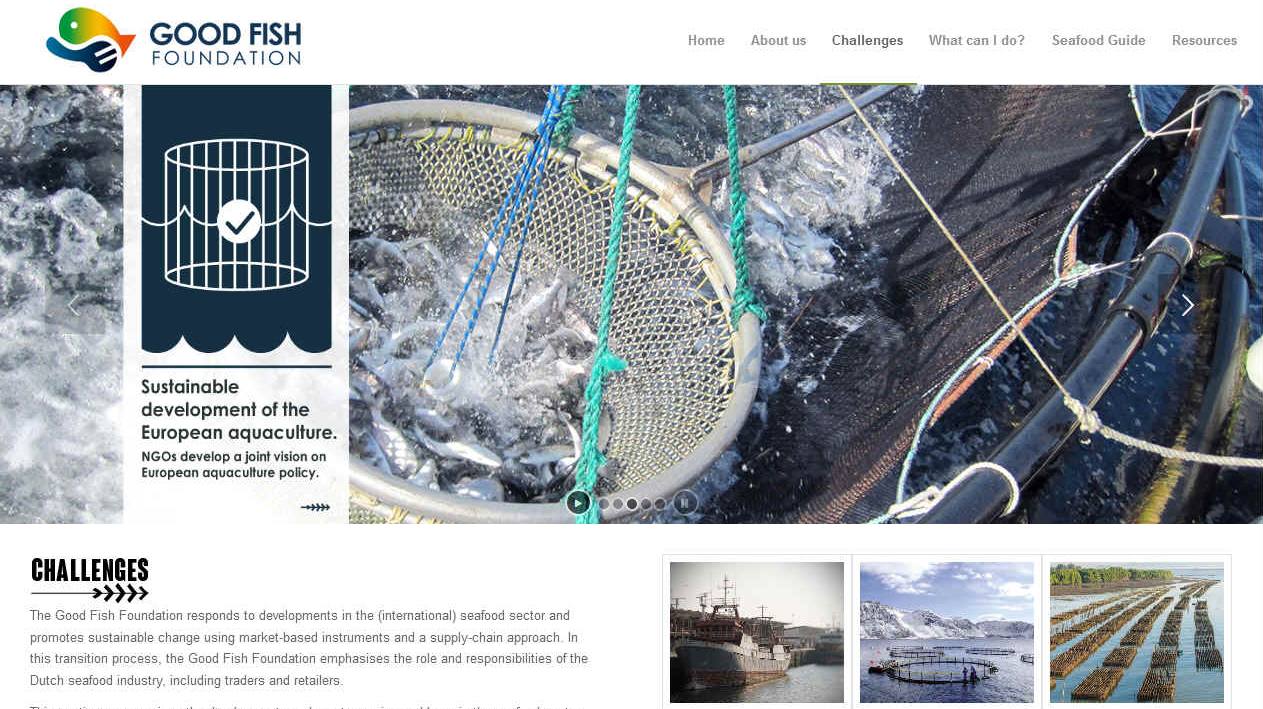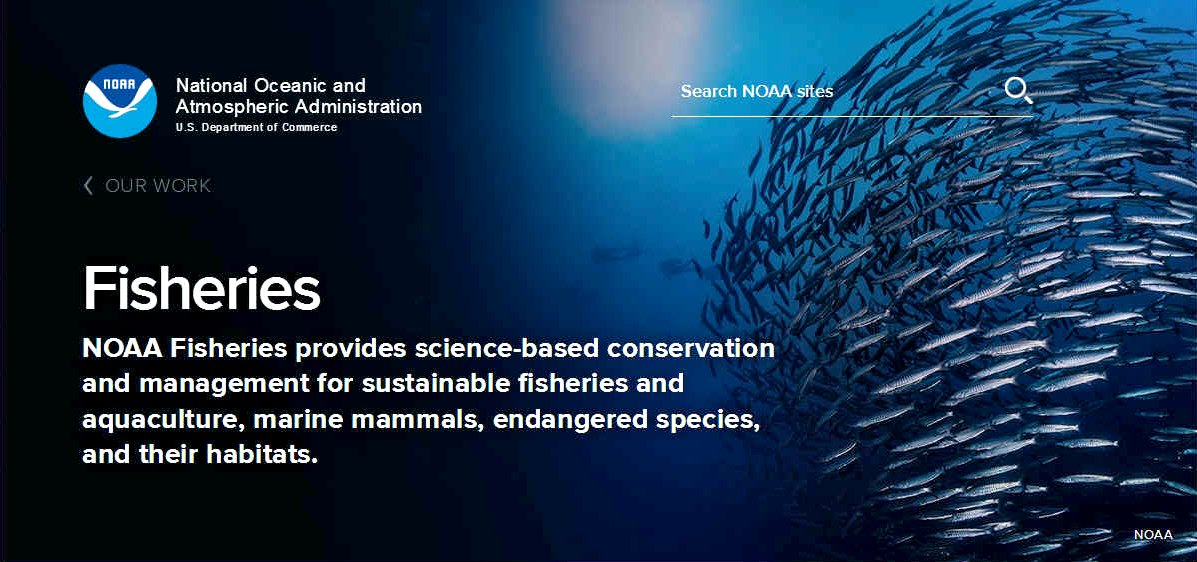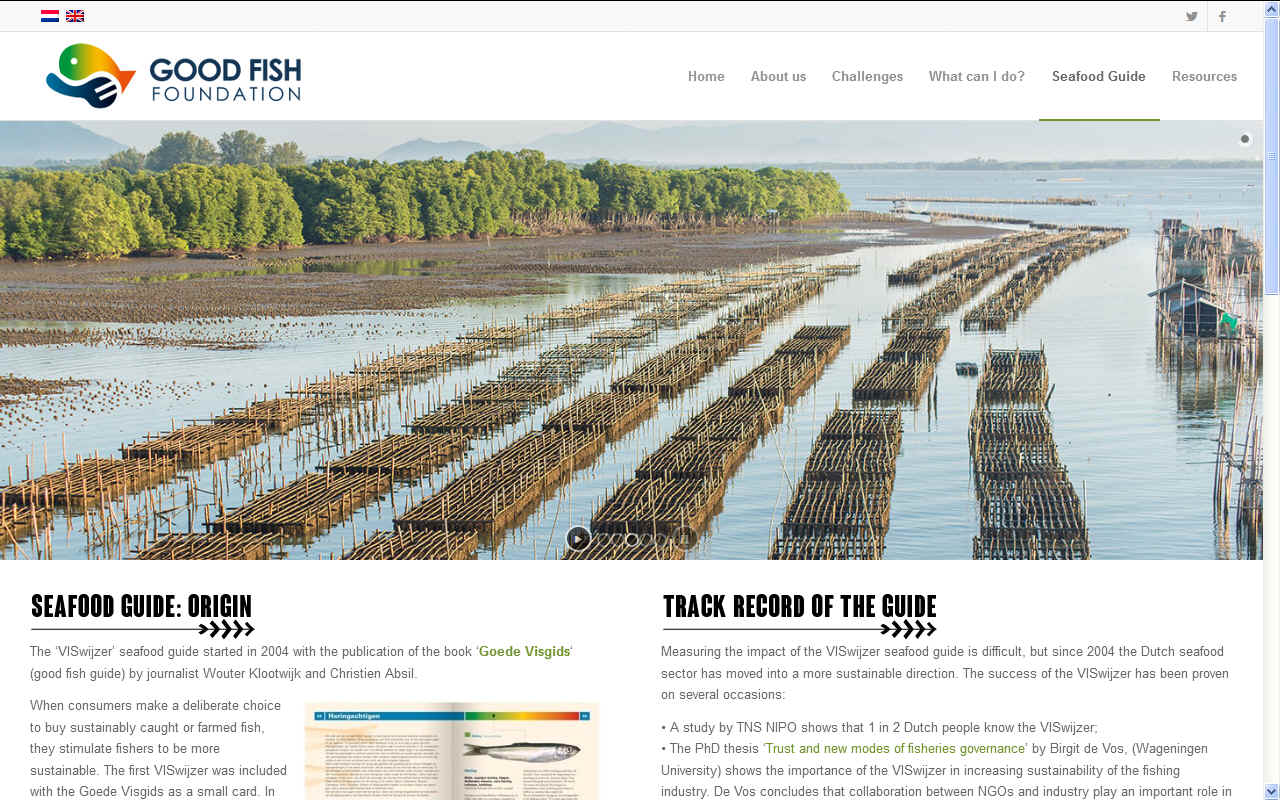|
GOOD FISH GUIDES
ABOUT - CONTACTS - DONATE - FOUNDATION - HOME - A-Z INDEX
ALL FISHED OUT - A recent United Nations study reported that more than two-thirds of the world's fisheries have collapsed or are currently being over fished. Much of the remaining one third is in a state of decline due to habitat degradation from pollution and climate change. Escalating amounts of point and non-point pollution continue to threaten water quality and fish habitat. Yet, the human population consumes over 100 million metric tons of fish annually and more than 25% of the world’s dietary protein is provided by fish.
The Good Fish Foundation (GFF) aims to accelerate the transition to a sustainable seafood sector by promoting market demand for sustainable seafood and by assisting consumers and businesses throughout the seafood supply chain in making informed and responsible buying decisions. The organisation targets producers, processors, traders, retailers, consumers and governments in the Netherlands and Europe.
Anchovies | Bass | Bream | Catfish | Clams | Cod Coley | Crabs | Crayfish | Eels | Grouper | Haddock | Hake | Halibut | Herring | Jellyfish Krill | Lobster | Mackerel | Marlin | Monkfish | Mullet | Mussels | Oysters | Perch | Plaice | Pollock | Prawns | Rays | Sablefish | Salmon Sardines | Scallops | Sharks | Shrimp | Skate | Sole | Sprat | Squid | Sturgeon | Swordfish | Trout | Tuna | Turbot | Whiting
ABOUT FISHING
Millions of fisher men and women take to the oceans each day to feed local communities and a growing global appetite for seafood. Their catch and livelihoods are part of a $190 billion global seafood industry. In all, seafood now makes up 12-20% percent of the animal protein we consume and that demand is expected to double in the next two-decades. The challenge we now face is how to sustainably produce enough fish to meet this demand while maintaining healthy oceans with sharks, whales, turtles and other important marine life.
Several decades of overfishing in most of the world's major fisheries has created large declines in many commercially important fish populations across the world. Illegal, unreported and unregulated (IUU) fishing, today is recognized as a major threat to achieving sustainable fisheries.
By regulating the fish taken from any geographical fishery, we are actually doing the fishermen a good turn, because we are ensuring that there will be fish next year and the year after that for them to fish. This is what sustainability is all about.
You decided you want to eat fish and shellfish from fisheries that do not have an averse effect on the ocean or coastal waters. Sustainably caught or sustainably farmed fish so to say. Is this possible? The short answer is yes. The somewhat longer answer is yes, but as long as you make sure the fish is from a healthy
population and harvested in a sustainable and non-destructive (precautionary) manner.
THE GOOD FISH FOUNDATION - Actively promotes traceability in the seafood supply chain - Supports seafood (eco)labels and certification that ensure traceability – Advocates clear and detailed product information for consumers - Researches the effectiveness of the implementation of European IUU regulation in the Netherlands – Assists in the development of risk assessment tools for business in the seafood supply chain to control their exposure to IUU – Promotes traceability and transparency in the seafood supply chain. We need organizations like this to keep an eye on their patch.
DWINDLING FISH STOCKS - Food security is a major problem the world will have to face as the available land for to grow crops reduces in competition with land for housing, as the population expands. The situation is far from sustainable and a bubble that will burst. When the bubble bursts it will cause the deaths of millions of people, where additional farming will create more carbon dioxide to heat the climate, making more land barren in a vicious circle that we must take steps to prevent happening.
MONITORING & REGULATION
For any government agency that needs to track more than just the larger commercial ships in its waters, AIS and VMS mandates do not address the huge population of smaller vessels of interest. This leaves the vast majority of boats in their waters as ‘dark targets’, ultimately spreading an agency’s resources too thinly to monitor all of its Exclusive Economic Zone (EEZ).
GOOD FISH - IDENTIFIED PROBLEM
There is a growing demand for Good FISH. To be able to choose Good FISH, consumers need information about the seafood product; they need to know what fish species the product contains, how the fish was caught or farmed, where and by who. It is important that this information is clearly stated on the packaging or product label and that this information is correct. This is especially important for filleted fish, for which it is difficult to distinguish the species, making filleted products highly sensitive to fraud. Traceability is also important to be able to guarantee food safety and to tackle illegal practices in seafood trade.
GOOD FISH - IDENTIFIED PROBLEM
Illegal, unreported and unregulated (IUU) fishing practices frustrate good fisheries management: catches are underestimated and cannot be effectively controlled. IUU puts extra pressure on fish stocks and increases the risk of overfishing. This threatens food security, results in missing tax income, and creates unfair competition for businesses who do operate within the law.
NOAA - Fisheries tracks 473 fish stocks managed by 46 fishery management plans. They have rebuilt 40 stocks since 2000 as a result of their fishery management process. Overfishing and overfished numbers remained near all-time lows in 2015.
GOOD FISH CONTACTS
Kerkewijk 46
Tel.: +31 318 76 92 87 Mobile: +31 624512051
LINKS & REFERENCE
Netherlands & Belgium
United Kingdom
Sweden
Finland Germany Switzerland Norway Russia The Americas
Canada
United States of America
Asia & Oceania
Australia
Indonesia
Hong Kong
Africa
South
Africa
www.goedevis.nl
http://goodfish.guide/
This website is provided on a free basis as a public information service. copyright © Cleaner Oceans Foundation Ltd (COFL) (Company No: 4674774) November 2017. Solar Studios, BN271RF, United Kingdom. COFL is a charity without share capital.
|






